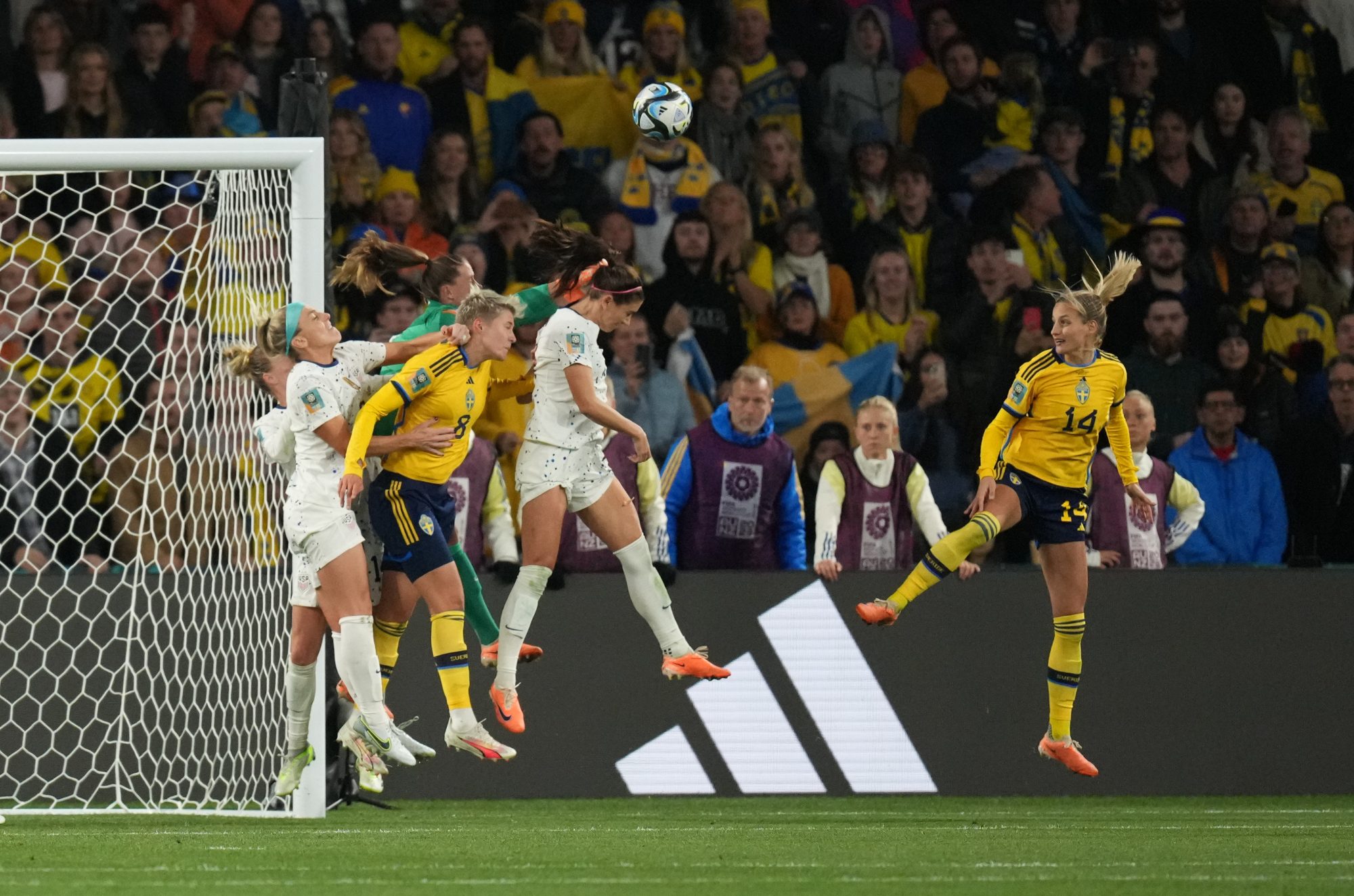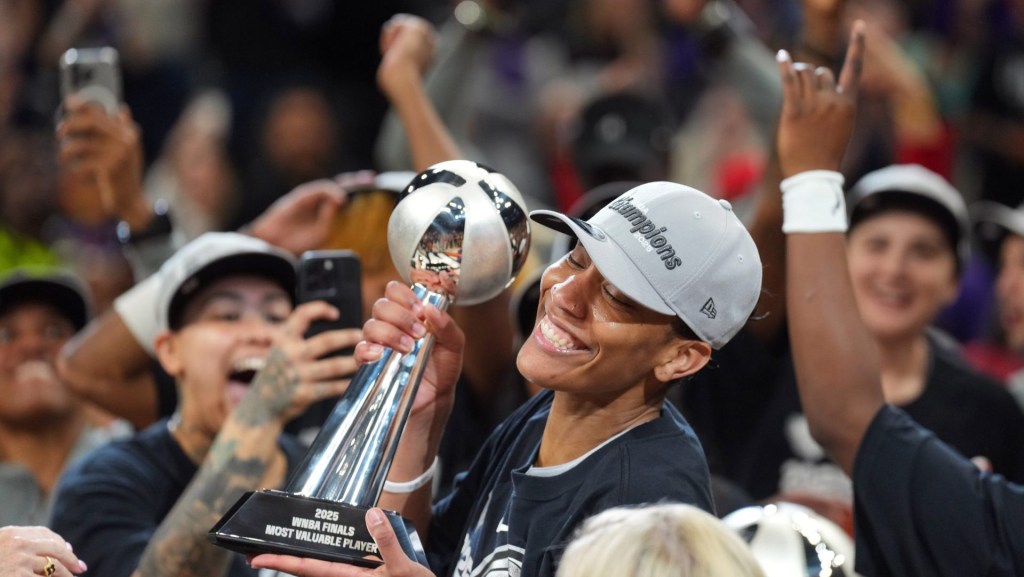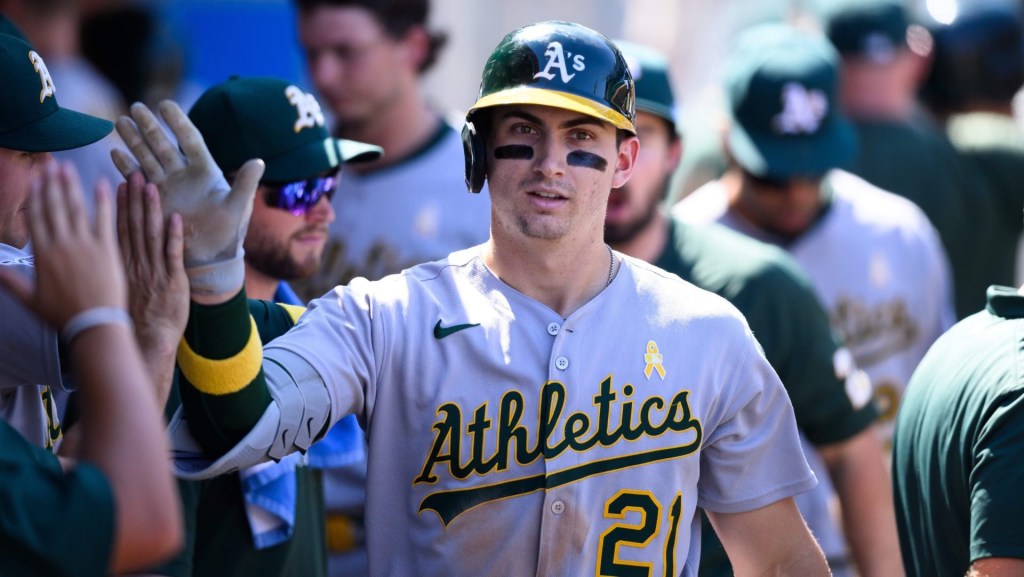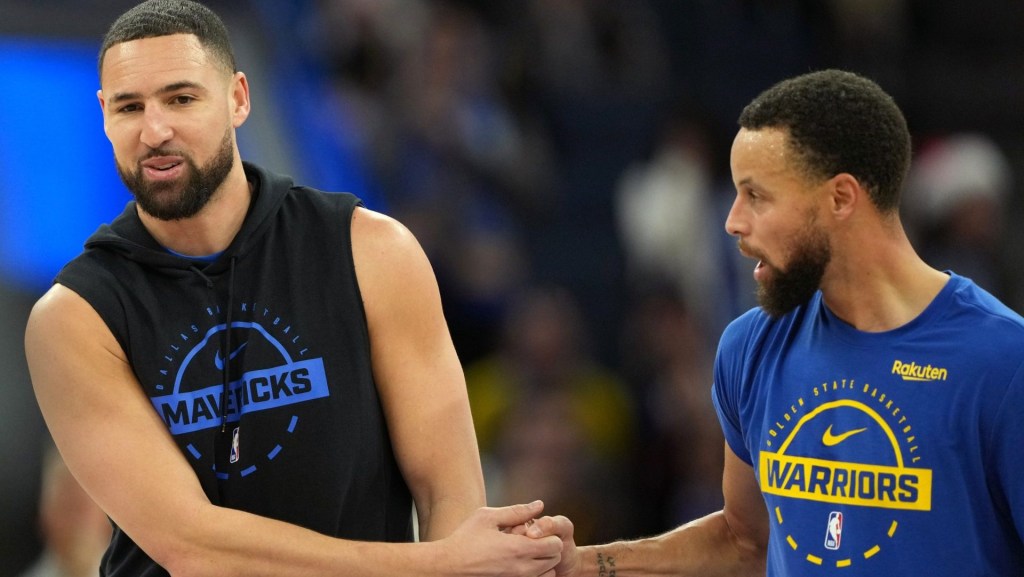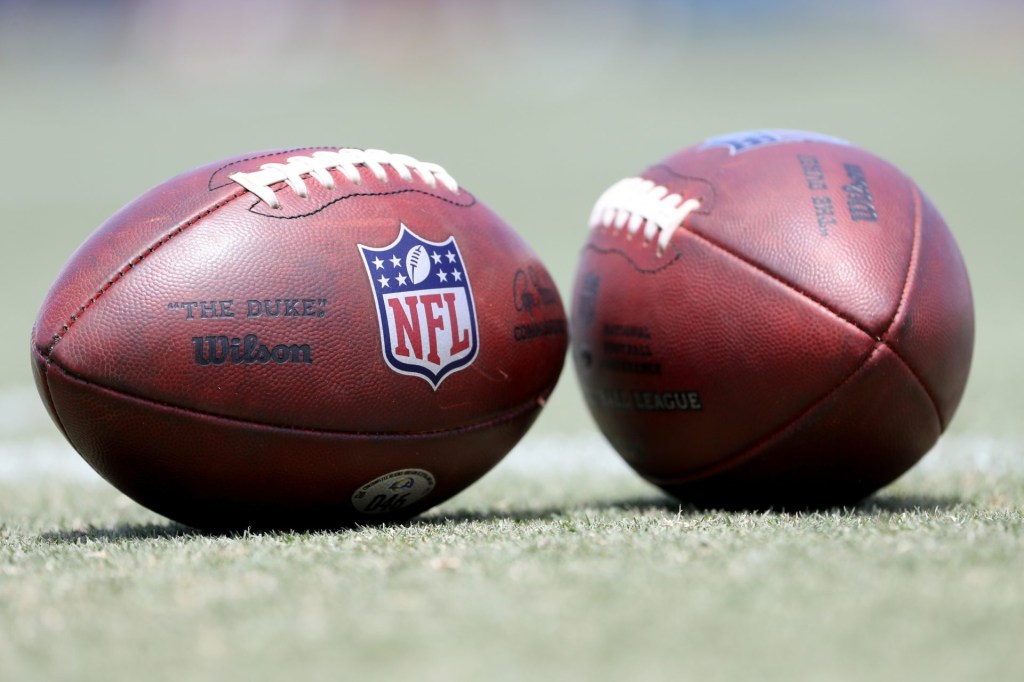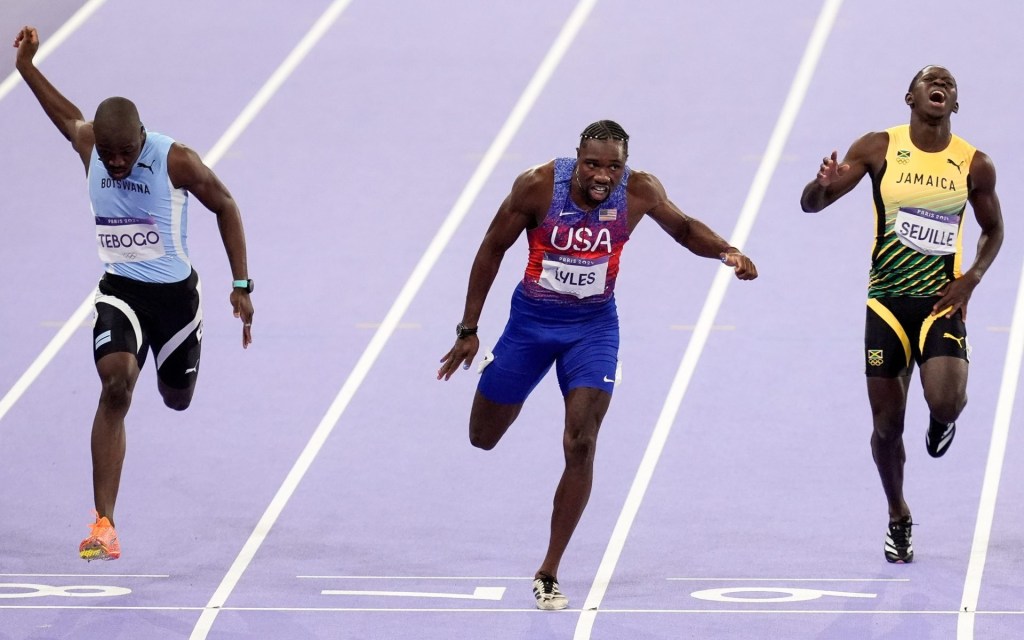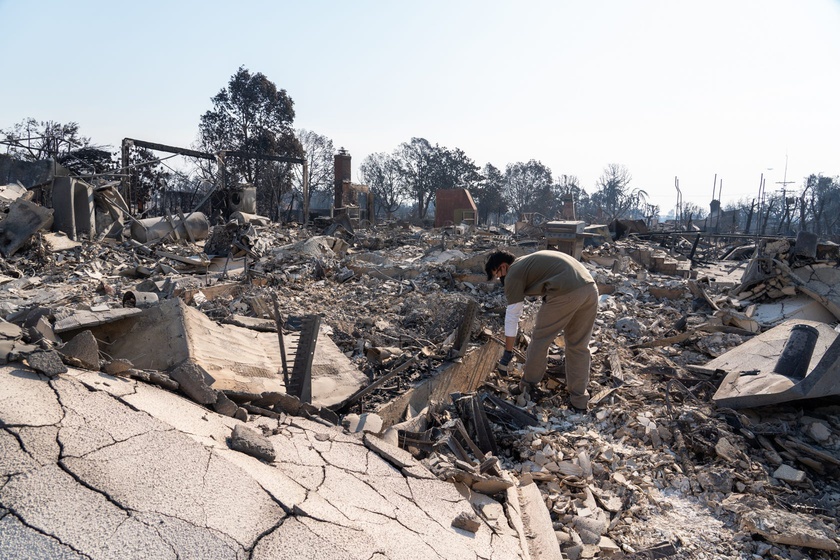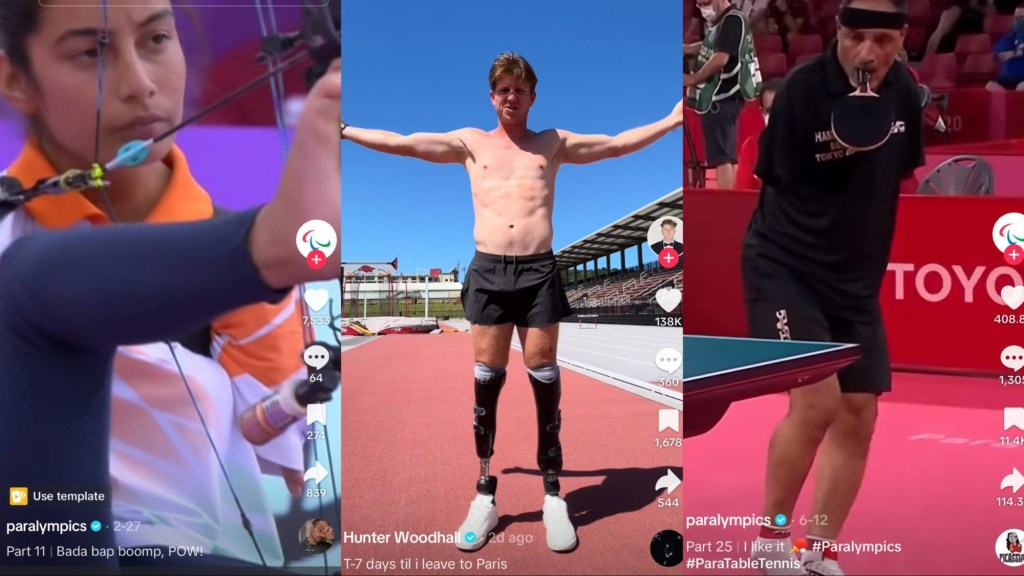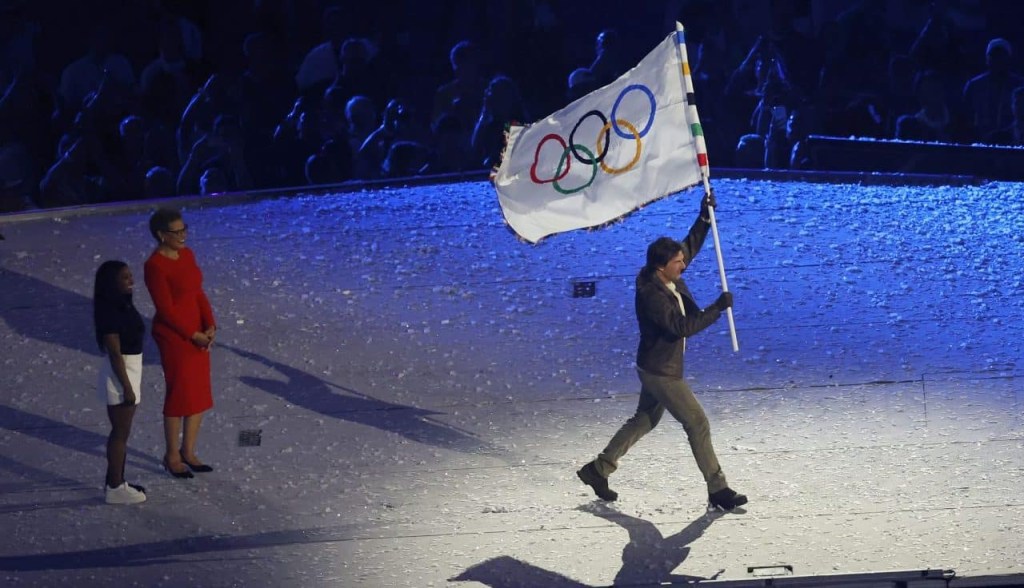The 2023 Women’s World Cup proved that women’s soccer has truly become a global game — one that the whole world is finally watching.
FIFA has capitalized on the excitement from Australia and New Zealand — where Spain became the fifth different nation to win — establishing new benchmarks in viewership, attendance, and prize money. But now, it will have to build on them in 2027.
“This World Cup, despite the disappointing outcome for the USWNT, was a huge win for women’s football — we’re seeing a cultural shift now that isn’t just here in the USA, it’s worldwide,” said Alexis Ohanian, venture capitalist and owner of Angel City FC.
The tournament surpassed the 2015 attendance record of 1.35 million before the Round of 16 concluded — and could pass two million overall. It was so successful that Australia and New Zealand are now reportedly exploring a bid for the 2034 Men’s World Cup.
It also generated more than $570 million in revenue. “We didn’t lose any money,” FIFA president Gianni Infantino said on Friday. “And we generated the second-highest income of any sport besides, of course, the men’s World Cup, at the global stage.”
And it’s not just a quadrennial phenomenon: The overwhelming success of this World Cup is further evidence of the explosion of interest and investment at the women’s club level, too.
The World Is Definitely Watching
Even before this World Cup, women’s soccer was enjoying record viewership and attendance.
The 2022 UEFA Women’s Euro — won by World Cup finalist England — was both the most-viewed globally and highest-attended edition of the tournament in its history. In April 2022, the Women’s Champions League semifinal match in Barcelona brought in 91,648 fans — making it the single most-attended women’s soccer match in history.
Ironically, European broadcasters — who were nearly blacked out of the Women’s World Cup — have arguably benefited the most in 2023.
Spain’s semifinal win over Sweden attracted 1.9 million viewers on the country’s state-controlled RTVE, peaking at 3.75 million — the most ever for the country in the Women’s World Cup. England’s victory over Australia reached over 11 million on BBC’s linear and digital channels, the network’s most-watched game of the tournament.
Wednesday’s England-Australia semifinal match turned out to be the most-watched TV program on record in Australia, averaging more than 7 million viewers and at one point a nearly 90% share — meaning nine out of every 10 televisions turned on in the country were watching the game. That’s higher than the ratings share in Kansas City for the Chiefs’ win in Super Bowl LVII.
Despite half the games starting overnight or in the early morning hours (ET), the USWNT’s four matches drew 3.8 million average viewers on Fox — a 2% increase from the same window in 2019.
There Are Still Financial Hurdles
Strong TV numbers will play a key role in soccer’s ongoing pay equity saga — but FIFA still has some financial hurdles to sort out.
Australia and New Zealand’s geographic location clearly affected media rights negotiations, as Western broadcasters didn’t want to pay a premium for matches at off-peak hours. And while FIFA awarded $110 million in prize money — more than three times what it paid out in 2019 — it was only a fraction of the $440 million allotted to men’s players for the 2022 Men’s World Cup.
The 2023 prize money equates to a minimum of $30,000 per player, but FIFA has no mechanism to directly pay them, instead relying on the federations to distribute it.
The Colombian Football Federation has been accused of underpayment of its women’s national team members. Colombia reached the quarterfinals at this year’s World Cup, earning them a team share of $2.18 million.
A source with knowledge of the situation told FOS that FIFA audits all of its payments to the federations to ensure they end up in the hands of players.
Many of these countries, including the United States, already have equal-pay measures in place, but FIFA itself is setting an ambitious goal to award equal prize money for the 2026/2027 World Cup cycle — a prospect that will hinge on whether the organization deftly handles negotiations for the newly independent competition’s media rights.
“We need the partners, the sponsors to pay a fair price. We need the media,” FIFA president Gianni Infantino said Friday at the FIFA Women’s Football Convention in Sydney. “Broadcasters need to pay a fair price for women’s football, not just for the (FIFA Women’s) World Cup, but for women’s football in general, in all the countries, all the leagues, in all the competitions.”
Australia’s surprising run to the World Cup semifinals spurred support from its government as Prime Minister Anthony Albanese committed $200 million to improve the women’s sports infrastructure in the country.
“This is only the start of a new era for sport in Australia,” said Anika Wells, Australia’s Minister for Sport. “The sleeping giant has awoken. In Australia, this FIFA Women’s World Cup has not just changed women’s football; it has changed women’s sport.”
Future of The Game
The success of the 2023 edition only furthers the significance of the ongoing investment and interest at the women’s club level.
In April, Washington Spirit owner Michele Kang purchased a majority stake in French soccer club Olympique Lyonnais Féminin from OL Groupe to create a new women-owned soccer entity that plans to acquire additional clubs across Europe, the Americas, and Asia.
On Thursday, the newly formed Mercury 13 announced that it had raised $100 million from European family offices and former pro soccer players to pursue controlling stakes in women’s soccer clubs outside of the U.S.
Momentum is apparent domestically as well, with Chicago Cubs co-owner Laura Ricketts leading a group to buy the Chicago Red Stars for $35.5 million. The new ownership group plans to invest an additional $25 million into the club.
Earlier this year, Sixth Street Partners committed $125 million, including a $53 million expansion fee, for Bay FC.
“I was bullish as hell in March of 2019 when most folks were telling me I was crazy for wanting to buy/start an NWSL team,” said Ohanian. “I’m only more optimistic now.”
